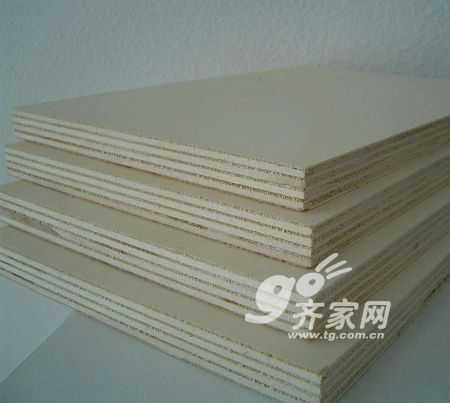In interior decoration complaints, the cracking of partition walls and ceiling panels has become one of the most prominent problems. Industry insiders pointed out that the cracking of sheet metal is closely related to design, material selection, construction and other factors. Irrational design, failure to meet the requirements of the material selection, and attention to detail in the construction will lead to cracking of the sheet.

Runtai Decoration    Leiyang Decoration
The cracks in partition walls and ceiling panels are the most common ones: long cracks in the middle, cracks in the corners, and cracks in contact with the wall. From the characteristics of the material itself, there are mainly the following reasons for cracking:
First, the material has high brittleness, low tensile strength and bending strength, and low ultimate stress.
Second, the material has high hardness and poor impact strength, and it is prone to cracking at the time of destruction, and there is a problem of durability.
Third, the high rate of material swell, the moisture absorption of the board will absorb moisture expansion, it will easily lead to deformation of the wall, in serious cases, it will even lead to cracking of the entire wall;
Fourth, the material has a high water absorption rate, which easily leads to cracking of the joints and peeling of the surface decorative layer.
Taking the most common decorative sheet-paper gypsum board and calcium silicate board on the market as an example, the paper-based gypsum board is a light-weight flexible material, and the calcium silicate board is a brittle material, and the flexible material will be more stable in terms of impact resistance. Brittle materials are more likely to crack. In addition, the calcium silicate board used in the production process of the stacking drying autoclave process, may bring about the difference in the performance of the same position of the board, as well as the wedges of the post-processing production resulting in changes in the performance of the finished product, Has also become a hidden danger of cracking.
It is understood that gypsum board not only has excellent thermal insulation properties (its thermal conductivity is 71% lower than calcium silicate board), but also has a very good breathability and moisture storage capacity, when the humidity is high, absorb moisture, dry When moisture is released, the wet-up rate and water absorption of the gypsum board will be relatively low. Some technical gypsum boards can reach 0.015% and 4%.
Calcium silicate board is Tobermorite ("Tobemolite" crystal) plus asbestos, pulp and other fiber reinforcement. The "Tobemolite" crystals are formed by the reaction of siliceous material (quartz sand) and calcareous material (slaked lime) under high temperature and high pressure (autoclave reactor). The formation of tobemolite crystals determines whether silicon is sufficient or not. The strength of the calcium sulphate plate, if not formed enough, will result in a sharp drop in the strength of the calcium silicate plate. In order to control the production cost, the general calcium silicate board of Tobe mullite crystals are not formed enough, but only use the strength of cement itself and a small amount of calcium, which also makes the plate appear unstable and deformed, wet High rate (usually 0.20%), high water absorption (usually 40%), easy to crack and other adverse reactions, the wet rate, water absorption rate is ten times that of gypsum board, congenitly enough to make it inevitable cracking.
The high rate of wall-to-wall sheet swell, the moisture-absorbing and swelling of the sheet will cause the drying shrinkage to be significant, which will cause the wall to deform, and even worse, it will cause the entire wall to crack. With a high water absorption rate, the material will be more susceptible to moisture erosion. When the joints are processed, the moisture in the joint material is quickly absorbed by the calcium silicate board, which affects the strength of the final joint, and is easily cracked in the wet season. Tests have shown that a 10m wall or ceiling will face 20 to 25mm wide cracks in the face of a wet expansion rate of 0.20% or more.
The cracking of the sheet not only affects the decorative effect, but also leads to the waste of labor and materials and the increase of maintenance costs. It also brings hidden dangers such as hanging ceilings and fire prevention. In some hotel decoration projects where acoustic requirements are required, the sheet cracking will occur. The acoustic effect will be drastically reduced. Take a 45-decibel partition as an example. Once a crack occurs, the sound will be transmitted through the crack. Even if 99.9% of the sound can be separated, it will only reach 20 dB of sound insulation, and this is certainly Is not in line with the hotel sound insulation standards.
Experts in the industry suggest that choosing high-quality plates not only can effectively avoid cracking and achieve aesthetic effects, but also can create more comfortable and safe decorative space. Selecting gypsum plasterboard to avoid cracking should be a good choice.
Buy Materials Building Materials Knowledge Plate Decoration Space Cement
Smart Night Light,Led Pool Light,Swimming Pool Lights,Swimming Pool Led Lights
Guangdong Smart Street Lighting Co., Ltd , https://www.fldlight.com
